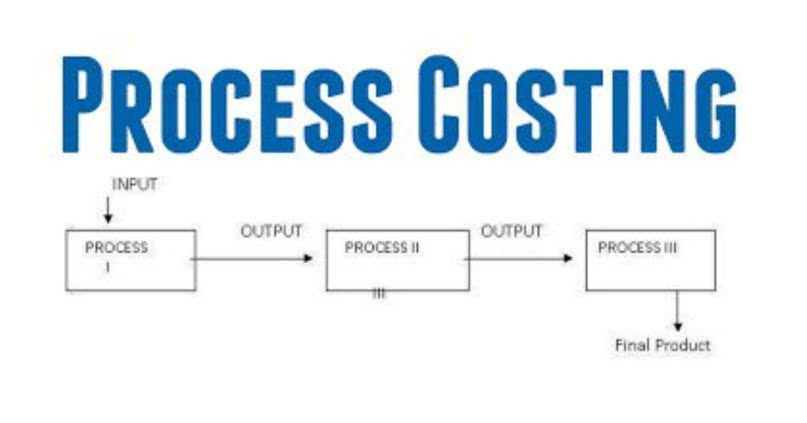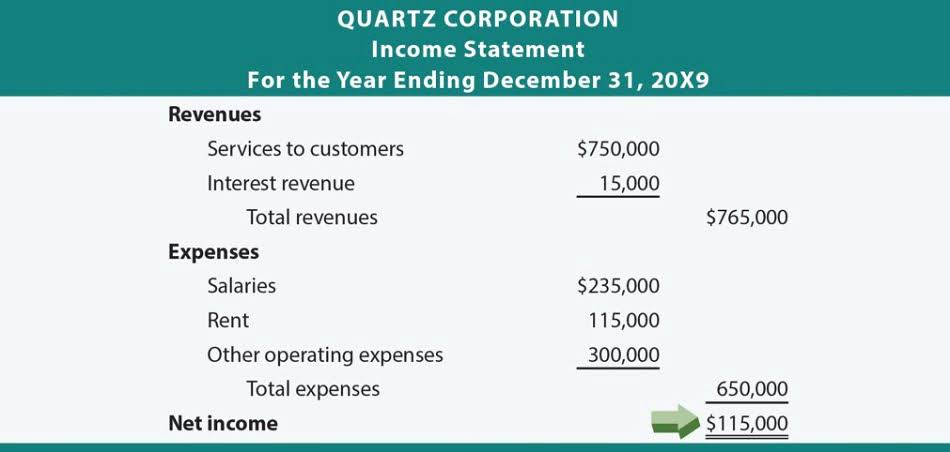Horizontal Analysis of Financial Statements

Likewise, the following is a horizontal analysis of a firm’s 2018 and 2019 balance sheets. Again, the amount and percentage differences for each line are listed in the final two columns and can be used to target areas of interest. For instance, the increase of $344,000 in total assets represents a 9.5% change in the positive direction. There seems to be a relatively consistent overall increase throughout the key totals on the balance sheet. Even though the percentage increase in the equipment law firm chart of accounts account was 107%, indicating the amount doubled, the nominal (just the number) increase was just $43,000. This increase in relation to total assets of $3.95 million is only 1% and could easily be just one piece of equipment, or a vehicle.
Period

Trends or changes are measured by comparing the current year’s values against those of the base year. In the absence of correlated horizontal pleiotropy, PCMR classified IVs into two similar categories, and both estimated correlated HVP effects were close to the true causal effect (Fig. 2c). The classification distinction between the presence or absence of correlated horizontal pleiotropy suggests that PCMR can effectively assess the existence of correlated horizontal pleiotropy. In practice, the most comprehensive financial analysis will often integrate both vertical and horizontal methods to provide a multi-dimensional view of a company’s financial health. This combined approach allows analysts to not only see how a company is currently performing relative to itself and others but also how it has performed historically and may perform moving forward. Horizontal analysis provides a dynamic approach to financial statement analysis, offering valuable insights that aid stakeholders in understanding a company’s past trajectories and predicting its future conditions.

PCMR’s causality evaluation enhances causal inference in the presence of correlated horizontal pleiotropy

For example, if a company’s revenue was $1 million in 2019 and $1.2 million in 2020, then the horizontal analysis would show a 20% increase in revenue. This method is useful for identifying trends and changes in a company’s financial performance. Horizontal analysis of Wipro’s financial statements over two years provides insights into the company’s changing financial performance. While revenues declined slightly, Wipro improved gross profit margins and operational cash flows, indicating effective financial management despite a marginal drop in overall profitability. An example of horizontal analysis is comparing amounts from a company’s balance sheet or income statement over subsequent time periods to observe trends.
- An example of horizontal analysis is comparing amounts from a company’s balance sheet or income statement over subsequent time periods to observe trends.
- The presentation of the changes from year to year for each line item can be analyzed to see where positive progress is occurring over time, such as increases in revenue and profit and decreases in cost.
- In a departure from this, PCMR’s causality evaluation, which extends the ZEMPA scrutinizing the entire spectrum of IVs, directly tests for the presence of a non-zero causal effect by examining a differential dominance of IV categories.
- This enables managers to investigate the variances and ascertain their causes, whether they are positive or negative.
DEZMPA and causal estimation
Horizontal analysis is calculated by dividing the difference between the financial data of two periods by dividing it by the financial data of the earlier period and multiplying it by 100 to get the percentage change. Similarly, if businesses analyze the balance sheet, they should collect the balance horizontal analysis formula sheets for the same period. This allows you to compare each year’s assets, liabilities, and equity and identify changes in the company’s financial position. An investor can see if a business is expanding and becoming more valuable or becoming less efficient and less valuable.
Identifying Trends and Patterns
- Estimating exact causal effects under specific assumptions can lead to bias in the presence of correlated horizontal pleiotropy.
- Analysts observe trends in critical accounts, including revenue, cost of goods sold, R&D costs, SG&A expenses, operating income, interest expense, and net profit, through horizontal analysis.
- Once you have financial data from different periods, the tricky part is organizing and comparing it.
- In other words, if either of two similarly sized IV categories shows a zero effect, it would be hard to determine the dominant IV category supporting a non-zero causal effect, and the causality evaluation may be insignificant.
- It identifies trends and is especially useful for spotting long-term patterns or seasonal variations.
Unlike traditional bookkeeping, which relies on periodic updates, real-time bookkeeping ensures continuous transaction recording, automated reconciliation, and real-time financial reporting. This allows business owners to make faster, data-driven decisions, reduce errors, enhance tax compliance, and stay audit-ready. By leveraging cloud-based accounting tools and AI-driven automation, businesses can optimize financial strategy, scalability, and overall efficiency, making real-time bookkeeping an essential tool for growth and long-term success.
Overview of the pleiotropic clustering framework of Mendelian randomization
- However, the analysis reveals that the business’s expenses have increased by 30%.
- Examining the causal relationships between complex traits and pinpointing the causal risk factors for diseases are pivotal in unraveling the etiology of various conditions.
- The slopes indicate estimated correlated HVP effects by each IV category, where the blue IV category is at a higher proportion than the gray IV category.
- For example, net income could fall sharply in year 2, despite a rise in sales, due to a marked rise in the cost of goods sold, marketing expenses, administrative expenses, and/or depreciation expenses.
- The trending of items on these financial statements can give a business valuable information on overall performance and specific areas for improvement.
Below is the calculation for revenue that increased from Rs. 100,000 in 2017 to Rs. 150,000 in 2018. The cash flow statement highlights the inflows and outflows of cash from operations, investments, and financing. Horizontal analysis examines trends in accounts such as cash from operations, capital expenditures, and cash from loans or equity financing. Strong cash flow from operations enables a company to reduce its dependence on external financing. Analysts are assets = liabilities + equity interested in observing positive trends and enhanced profit margins. Use vertical analysis to see how your costs and revenue break down in a single period or compare them to competitors.


